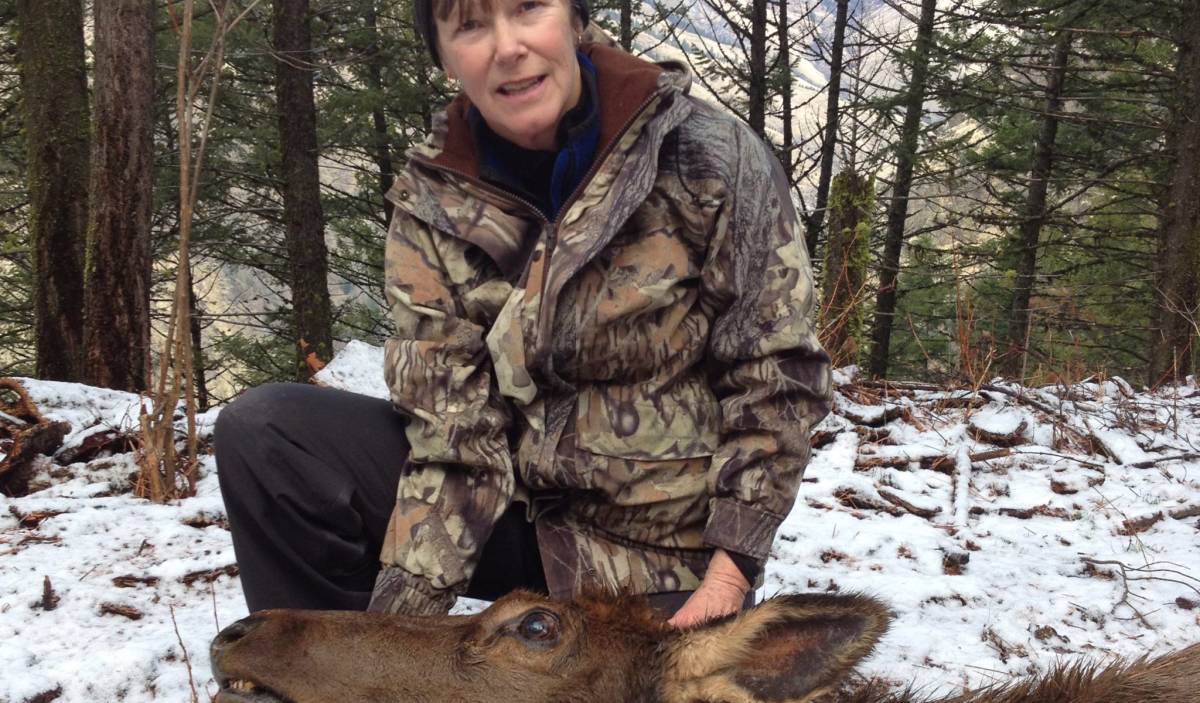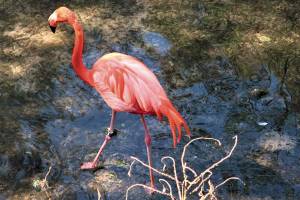Climbing a steep trail or wading through thick brush with a full pack and heavy rifle is no walk in the park. But it doesn’t have to be excruciating, either. No matter what kind of hunting you do, getting in shape—and staying that way—is a must, especially as you get older. Being fit allows you to enjoy the scouting, tracking, and packing out that make hunting challenging and rewarding. But getting fit isn’t something that happens overnight. Like hunting itself, it takes commitment, time, and effort. As always, check with your doctor or health professional before starting any physical fitness program.
Ed Elliott is the owner, and one of the professional certified personal trainers, at Rudy’s Gym in McCall, Idaho. Elliott is 70 years old but physically looks and acts years younger. He attributes this to life-long physical activity but more so to weight training.
“You lose 5 percent of your muscle mass every 10 years or so past 35 to age 50. From then on, it’s 1 percent a year,” he explained. “You may weigh the same as you did in high school or college, but unless you consistently weight train, your body composition has changed to a higher ratio of fat to lean muscle.”
According to Elliott, a well-rounded physical fitness program includes cardiovascular exercise, which can be anything from brisk walking outside to stair machines or tread mills. In addition, he recommended 30 minutes of weight training, three times a week.
Elliott emphasizes compound moves when he coaches his clients, so they engage more of the large muscle groups than with a single muscle exercise, like a bicep curl. Having strong core muscles, for example, helps a person recover if they start to fall, so think of weight training as a safety measure as well.
 I am a 68-year-old hunter, and physical activity is essential to me. My morning begins with 40 minutes of yoga, focusing on balance and strength poses, and exercises that activate my core muscles. I like front and side planks, because they engage my core muscles and are time efficient.
I am a 68-year-old hunter, and physical activity is essential to me. My morning begins with 40 minutes of yoga, focusing on balance and strength poses, and exercises that activate my core muscles. I like front and side planks, because they engage my core muscles and are time efficient.
Like most people my age, I have some chronic issues to contend with. Every day, I hike three to five miles on forest trails.
One change I’ve made is walking with trekking poles. The poles keep my weight evenly balanced between both sides of my body and help my weaker leg, which has a permanent joint injury, to carry the same burden.
I’ve had to adjust my hunting pack so that I can attach my rifle to it, otherwise carrying a rifle over my shoulder is awkward with the trekking poles. Once in the area I intend to hunt, I compress the poles and stow them in my pack for the hike out.
Another change I’ve made is walking daily with a weighted backpack. A 10-pound bag of sugar fits nicely in my pack and gives my shoulders enough of a workout that carrying a hunting pack in the fall is easy. That and upper-body free weights with a simple weight bench machine help keep me in hunting shape.
As a woman of Scandinavian descent, osteoporosis has raised its ugly head in me as well. Again, weight-bearing exercises help slow down this nasty development.
Be sure to ask your doctor what exercises you should and should not do. For example, on the advice of a physical therapist, I avoid movements that crunch my spine, like sit-ups, and substitute plank poses instead.
Elliott noted that the biggest obstacle to older people getting in shape is their denial about how much exercise they really get.
“They might say they are an avid hiker, but when you ask them how many times they’ve hiked in the last three months, it might just be five times,” he said. “It’s a critical psychological hurdle for most older people to just walk into a gym. The majority of them have exercise equipment at home they don’t use.”
The best way to get in shape for hunting is to incorporate moderate, prolonged cardio exercise with weight lifting and additional flexibility and balance options, such as yoga.
Sorry folks, there are just no shortcuts here. If you are sedentary and want to hike miles every day you hunt in the fall, you won’t be a happy camper when you have your elk or deer tag to fill.
Research suggests it takes about 12 weeks to see moderate improvement in fitness. Don’t let that discourage you: rather, use it as motivation to get moving!
“You didn’t gain weight and get out of shape overnight,” Elliott said. “And you won’t get fit overnight either. But by adding consistent weight training to your program, you will see some noticeable improvement within a month.”
As you age, you can’t expect nature or a magic pill to take care of you. Your quality of life depends on making choices to keep moving. But we all accumulate injuries or conditions as we age; just don’t use them as excuses to not exercise.
Cross training can help avoid muscle strain. If you typically use a bike, switch to a ski machine or stair climber a couple times a week. Or take a nice long walk.
“If you have a shoulder injury, then focus on leg exercises until the shoulder heals,” Elliott recommended. “Or if you have a leg condition, focus on upper body and appropriate core exercises. Find options, not excuses, to continue to exercise when you are healing from an injury.”
But it’s not just time in the gym or on home equipment that counts: it’s effort and intensity. Most people don’t work hard enough during their workouts, which is why a personal trainer is such a big help.
An effective fitness program will gradually and systematically challenge your body. You may experience some minor discomfort as your muscles respond to the increasing energy demand, but prolonged or intense pain is not to be expected. If that happens, check in right away with both your doctor and fitness coach.
A note to older folks: stay hydrated when exercising. Drink water before you feel thirsty, even in the winter and especially during your hunt.
Be committed to an effective fitness program, and your love of hunting will continue to motivate you to stay in shape … all year long!











